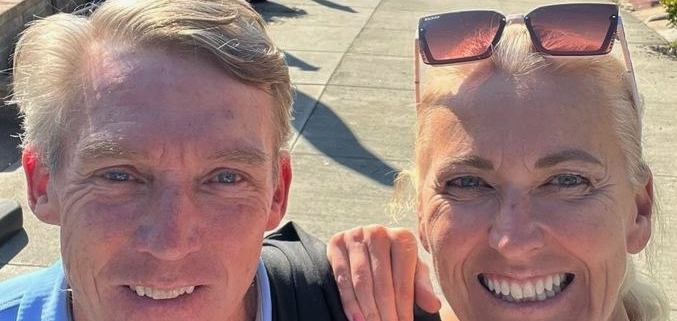I am often asked by management teams to participate in their sales meeting. They look for me to provide feedback, as well as perspective, based on my customer experiences around revenue development. Many of these meetings incorporate team-building events – perhaps at a tropical location or golf resort – while others are more dialed down and focus on a theme such as setting the company’s vision. Whatever the atmosphere, I enjoy the opportunity to provide insight into customer needs, preferences and pain points while observing the company’s top performers.
Not long ago I reflected on what makes a good sales manager outstanding, after all, a terrific sales manager is central to the success of a sales team and the overall performance of a business. We know a manager’s primary role is to develop the sales rep and the sales rep’s main responsibility is to develop opportunities and win business.
But not everyone gets from A to B. Here are four skills that a sales manager must master to become great and keep the pipeline moving.
- Determine Objectives: I have seen managers who set objectives based on their personal experiences with no buy-in from their sales reps. Does this sound familiar? “All sales reps must call on five opportunities a week and make 20 cold calls a day.” While this method may work, a better approach is to establish objectives with your sales reps. For instance, “Here are the revenue objectives we are trying to meet this year. What do you think we need to do to achieve this objective?” Managers who can secure buy-in from their sales reps and set clear, well-defined objectives will foster amazing performance.
- Schedule Reviews to Share Agreed Upon Information:Once objectives are set and expectations are clear, what happens next? Letting your sales rep “wing it” is not the answer. It’s crucial to provide guidance and structure. If the objective is to win $500,000 of new business, you and your reps should discuss the types of customers they need to talk to. How many of each of those customers should they talk to to reach their goal? Are corporate systems in place where reps execute follow-up correspondences? Emphasize the importance of being proactive, addressing client needs and maintaining professionalism in all communications. Have reps share their customer touchpoints with you for accountability. Walking them through follow-up expectations and processes will create a framework for repeatable success.
- Evaluate and Coach: In my experience, you can learn a lot about a sales rep’s performance from a prospect’s reply to a follow-up correspondence. Are enough letters being sent to show an ample pipeline? Is the rep talking to the right people? Are customer goals clearly stated and can your service or product move the customer closer to those goals? Letters should tell all these things and more. After your evaluation, choose one or two skills to coach your reps on. Do more than that and your limited time together will feel jam-packed and your coaching will be overwhelming. Tackle one skill at a time to foster improvement. For example, try role-playing with a rep and listen to how he or she positions your company’s capabilities. Tackle another skill the next time you talk or meet and solicit feedback on how the skill is developing.
- Offer Feedback and Reinforce:Look for what your sales reps do well. You’ll need to continually reinforce the positive to maintain the foundation you are building on with your reps. If objectives have not yet been achieved, focus on what’s going right and how a particular skill helped to get them halfway there. Then, work together on skills that will get them the rest of the way.
American business magnate and philanthropist John D. Rockefeller said, “Good management consists in showing average people how to do the work of superior people.” By mastering these four skills managers will get superior people producing superior results.
If interested in developing these skills, reach out to learn more about our workshops and services.







 This guest article was written by Chris Bullick. Chris is a Principal Consultant who is the Creator of the Sales Diagnostic Questionnaire (“SDQ”), he provides analysis and strategy for go to market strategies, corporate messaging, pipeline metrics, relationship building and winning presentations.
This guest article was written by Chris Bullick. Chris is a Principal Consultant who is the Creator of the Sales Diagnostic Questionnaire (“SDQ”), he provides analysis and strategy for go to market strategies, corporate messaging, pipeline metrics, relationship building and winning presentations.